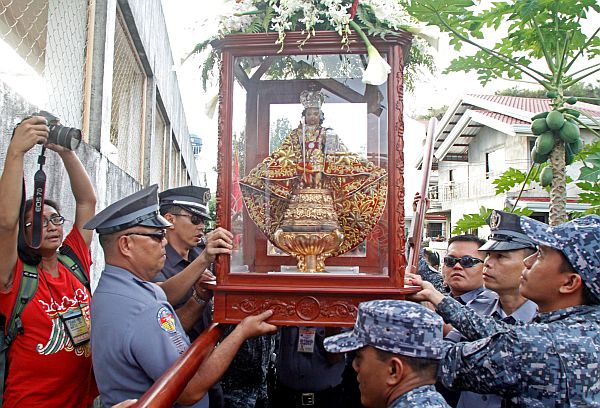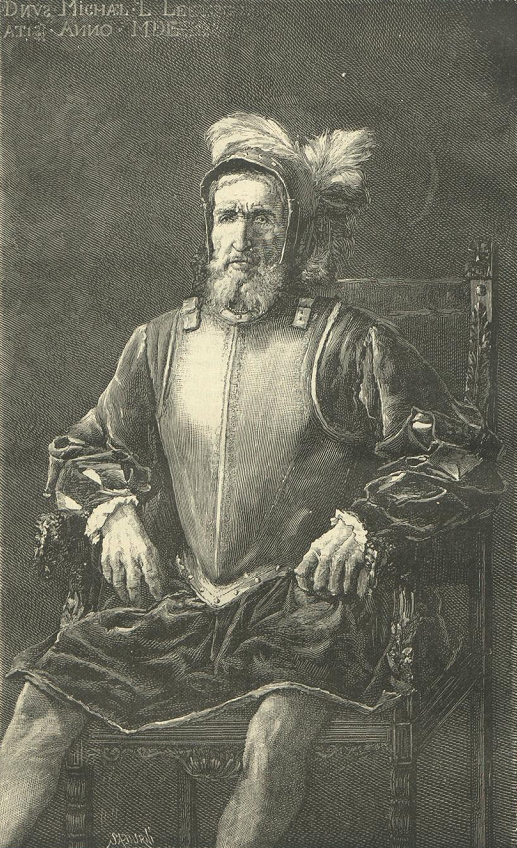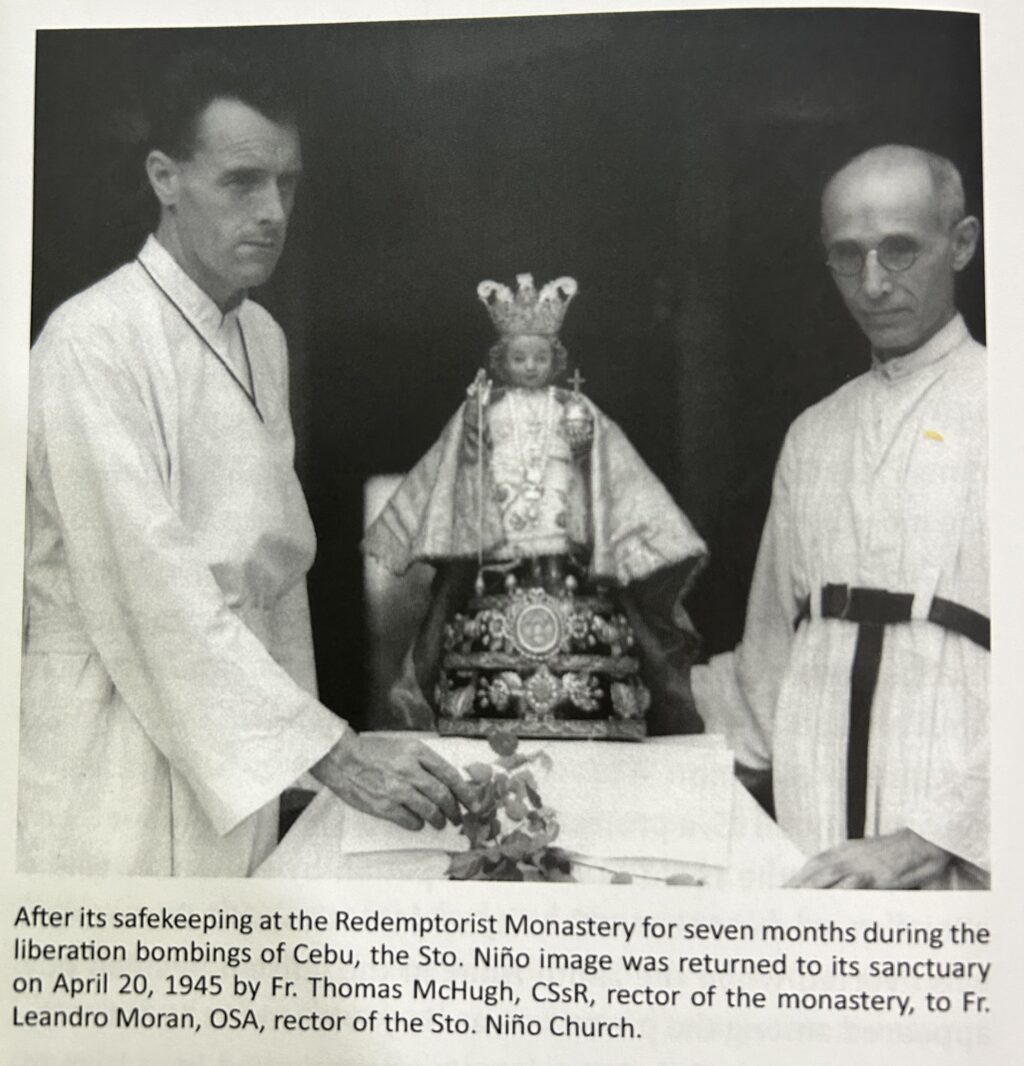Pit Senyor! Interesting facts about the Señor Sto. Niño
Sinulog Festival, Fiesta Señor

CEBU CITY, Philippines — The festive season in Cebu does not end after Christmas and New Year.
Every January, the island province—from the heritage-rich downtown of Cebu City to the Mactan Channel—is bathed in the iconic red and gold colors.
Roads will be adorned with the same red and gold buntings; establishments will blast the familiar ‘prititit’ chants on loudspeakers, and devotees will raise their hands to the skies and say ‘Pit Senyor’.
READ MORE: Walk with Jesus Live Updates: Fiesta Señor 2024 Kickoff
And at the center of these festivities is none other than the Señor Sto. Niño.
For the whole month of January, the Fiesta Señor, and its secular equivalent, the Sinulog Festival, draw thousands, if not millions, of guests and devotees annually to pay homage to the Holy Child.
READ MORE: Fiesta Señor and Sinulog Festival: What’s the difference?
As Cebu welcomes another Fiesta Señor season, here are some interesting facts about the Señor Sto. Niño.
The oldest Christian relic in the Philippines

The image of the Sto. Nino was brought to the Cebu City Jail Female Dormitory during its visit on January 10, 2012. In January 2018, the image was once again brought to the Cebu City Jail, allowing the inmates a chance to pay homage to the sacred child. (CDN FILE PHOTO)
The image of the Señor Sto. Niño is currently enshrined at the centuries-old Basilica Minore del Sto. Niño de Cebu, encased in bulletproof glass and guarded 24/7.
A present that the Portuguese explorer Ferdinand Magellan bestowed upon Reyna Juana, the wife of Rajah Humabon, during the Spaniards’ arrival in 1521, and it is believed to be the oldest Christian relic in the Philippines.
READ MORE: 500 Years of Christianity and the Quincentennial Cross
The feast of the Señor Sto. Niño was once held every April 28
When Cebu was still under Spanish rule, the feast of the Señor Sto. Niño was held every April 28.
The date, April 28, coincided with when Juan de Camus, a sailor working for Miguel Lopez de Legazpi, found the image of the Holy Child in a box hidden deep in a burning hut in 1565.

Miguel Lopez de Legazpi | Wikicommons file
It was only in 1721, roughly 150 years later, when the Roman Catholic Church, through Pope Innocent XIII, declared the Feast of the Holy Name of Jesus every second Sunday after Epiphany in January.
Present-day Cebu still celebrates April 28 for the Kaplag, commemorating the discovery of the Holy Child in 1565.
READ MORE: Physical Kaplag Festival returns after 2 years
Señor Sto. Niño is not Cebu City’s patron saint
Contrary to popular belief, the Sto. Niño is not Cebu City’s patron saint.

SAN VIDAL AND HIS FAMILY. The image of San Vidal can be found in a retablo on the Gospel side of the Cebu Metropolitan Cathedral. San Vidal is at the center of the retablo, along with his martyr wife, Saint Valeria on top, and their children Saints Gervasius on his right and Protasius on his left. Behind San Vidal’s statue is a bas relief depicting his martyrdom, which was exposed when the image was taken out and placed near the altar for the fiesta. | Photo by Max Limpag
The city’s patron saint is the ‘obscure Italian martyr,’ St. Vitalis of Milan, or San Vidal.
San Vidal’s feast is celebrated every April 28, which is also the date when Spanish colonizers declared Cebu City a ‘ciudad.’
However, due to the popularity of the Sto. Niño, He is considered the ‘de facto patron of the city.’
READ MORE: San Vidal, the patron saint Cebu City forgot
The various epic tales and lore of the Señor Sto. Niño
Owing to the image’s place in history, there have been multiple epic tales and lore linking the Señor Sto. Niño in Cebu.
One of them, as documented in National Artist for Literature Resil Mojares in The Feast of the Santo Niño: An Introduction to the History of a Cebuano Devotion, tells the Holy Child’s ability to shield Cebu from foreign raiders.
Spreading His cape was said to have made Cebu invisible from invaders.
The Señor Sto. Niño image was once housed in the Redemptorist Church
During World War II, bombings and shellings pulverized around 90 percent of Cebu City.

A photo of the image of Snr. Sto. Niño under the care of priests in the Redemptorist Church in uptown Cebu City during World War II is featured in the book ‘The Feast of the Santo Niño: An Introduction to the History of a Cebuano Devotion’ by National Artist for Literature Resil Mojares.
In his book, Mojares tells the story of how an Augustinian priest carried the image to safety at the Redemptorist Church in uptown Cebu City. There, the statue of the Holy Child was kept for seven months.
For centuries, the Señor Sto. Niño has not only served as a source of inspiration and faith to millions of devotees, but it is also a treasured cultural and historical icon.
References
- Resil Mojares. (2017). The Feast of the Santo Niño: An Introduction to the History of a Cebuano Devotion. University of San Carlos Press.
- Kaplag | Basilica Minore del Sto. Niño de Cebu (santoninodecebubasilica.org)
RELATED STORIES
Reminders from Basilica for the 459th Fiesta Señor
Devotee City soon to open for Fiesta Señor pilgrims
Disclaimer: The comments uploaded on this site do not necessarily represent or reflect the views of management and owner of Cebudailynews. We reserve the right to exclude comments that we deem to be inconsistent with our editorial standards.

